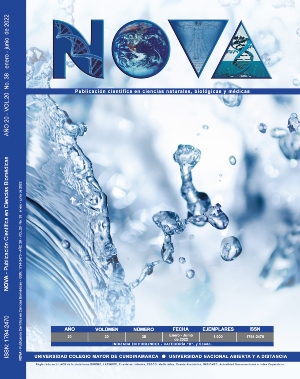Silenciamiento génico en insectos plaga que afectan la industria agrícola usando ARN de interferencia
Los insectos plaga, son especies de organismos vivos que en forma constante se encuentran en poblaciones altas, ocasionando daños económicos en los cultivos. Generalmente, suele tratarse de especies puntuales, por lo general, sólo una o dos, que pueden causar gran afectación económica en el sector de la agricultura. En las últimas 3 décadas se ha venido desarrollando el concepto de un proceso biológico, detectado en eucariotas ampliamente, mediante el que se pueden silenciar genes, a partir de ARN de doble cadena (ARNdc). Esta maquinaria se ha investigado para conocer su funcionamiento y buscar potenciales aplicaciones que podrían tener en el campo de la biotecnología. En varios estudios se encontró que el silenciamiento de genes se debe a las interacciones enzimáticas intracelulares citoplasmáticas con moléculas de ARN pequeñas (ARNsi), que actúan sobre el ARN mensajero (ARNm) intracelular, impidiendo que este se traduzca a proteína. Mediante este mecanismo se busca silenciar genes específicos en insectos plaga, que sean esenciales para que el insecto pueda vivir y de esa manera evitar la proliferación de la plaga. Este artículo recopila los estudios realizados acerca del ARN de interferencia, referidos al mecanismo genético de los insectos, como alternativa para su control.










